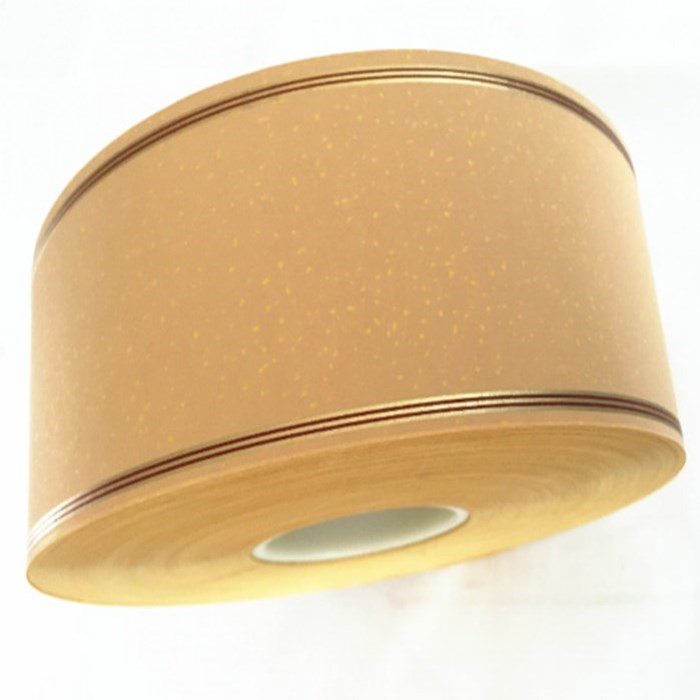The price of waste paper imported from Europe in Southeast Asia (SEA) and India plummeted, which in turn led to chaos in the price of waste paper imported from the United States and Japan in the region. Affected by the massive cancellation of orders in India and the continuous downturn of China’s economy, the packaging market in the region has been hit. The price of European 95/5 waste paper in Southeast Asia and India has dropped sharply from $260-270/t in mid June to $175-185/t in late July.
Since late July, the market has maintained a downward trend. The price of high-quality waste paper imported from Europe in Southeast Asia continued to fall, reaching 160-170 dollars/ton last week. The decline of European waste paper prices in India seems to have stopped. Last week’s closing price was about US $185/ton. SEA’s factories attributed the decline in waste paper prices in Europe to the level of locally recycled waste paper and the high inventory of finished products.
It is said that the cardboard market in Indonesia, Malaysia, Thailand and Vietnam has performed strongly in the past two months. In June, the price of recycled corrugated paper in various countries reached more than 700 dollars/ton under the support of their domestic economy. However, as the demand declines and the paperboard factory shuts down to cope, the price of local recycled corrugated paper has dropped to 480-505 dollars/ton this month.
Last week, suppliers facing inventory pressure were forced to give up and sell No. 12 American waste at the price of 220-230 dollars/ton in SEA. Then they learned that Indian buyers were returning to the market and snapping up imported waste paper to meet India’s growing packaging demand before the traditional peak season of the fourth quarter.
Therefore, the major sellers followed up last week and refused to make further price concessions. In the end, the price of No. 12 US waste in Southeast Asia is 220-230 US dollars/ton, the price in India is 210 US dollars/ton, and the price in Taiwan is 180 US dollars/ton. The valuation of benchmark No. 11 US waste in Southeast Asia and Taiwan is 175-210 US dollars/ton, down 40-65 US dollars/ton from three weeks ago. The price of waste paper imported from Japan fell by 30 dollars/ton to 180-190 dollars/ton.
After the sharp decline, both the buyer and the seller are evaluating whether the price level of waste paper is close to or even bottoms out. It is said that although the price has fallen so low, many factories have not found signs that the regional packaging market may recover at the end of this year, and they are unwilling to increase waste paper inventory. However, customers have increased the import volume of waste paper, while reducing the local tonnage of waste paper. The domestic waste paper price in Southeast Asia still hovers around 200 dollars/ton.
Cardboard manufacturers are reluctant to drive down the price of local waste paper too aggressively, because they are worried that this may drive down the price of domestic packaging materials and damage their relationship with local suppliers. On the other hand, the seller believed that the price was bottoming out because the supplier refused to provide a price lower than the current level. The buyer requires that the 12th U.S. waste should be less than 200 dollars/ton, and the European 95/5 waste paper and Japanese waste paper should be about 150 dollars/ton.
“We obtained a preliminary order of 9000 tons of European waste paper from Southeast Asian customers, who asked for a price lower than 160 dollars/ton, but no supplier replied to me,” said a Singapore trader. The contact person explained that the quantity of goods received around the world is declining, and the labor and logistics costs are also rising. He added that once the price is too low to be profitable, the supplier will stop selling.
A Japanese trader said that in Japan, the price of local waste paper sold to domestic paper mills has been stable at about 200 US dollars/ton. “Japanese paper mills continue to purchase domestic waste paper at the same price to support local suppliers, although their export prices are declining. This is because of the country’s unique system, which is different from the United States or Europe. Despite poor business, major Japanese producers have announced that the price of major paper and cardboard categories rose in September or October. This is to reflect the high cost of raw materials, and such measures are usually applicable to the Japanese market.”
Post time: Sep-21-2022

